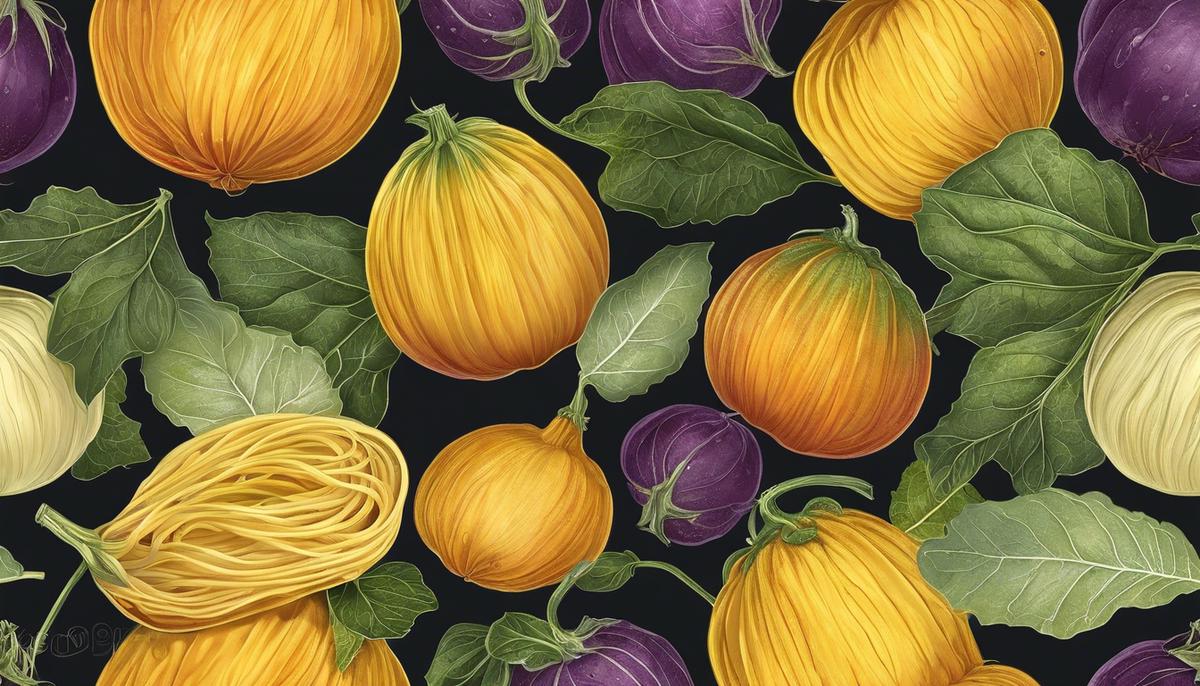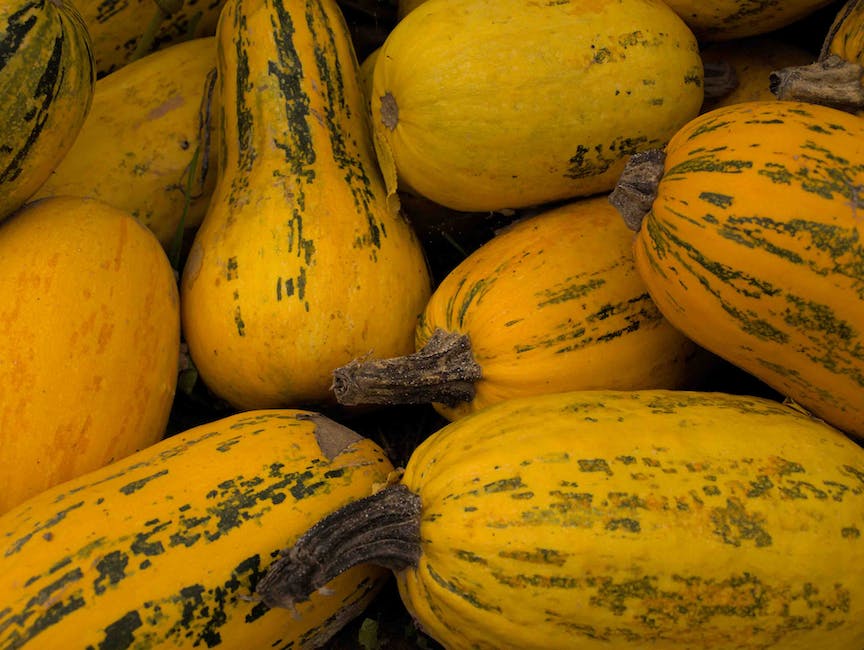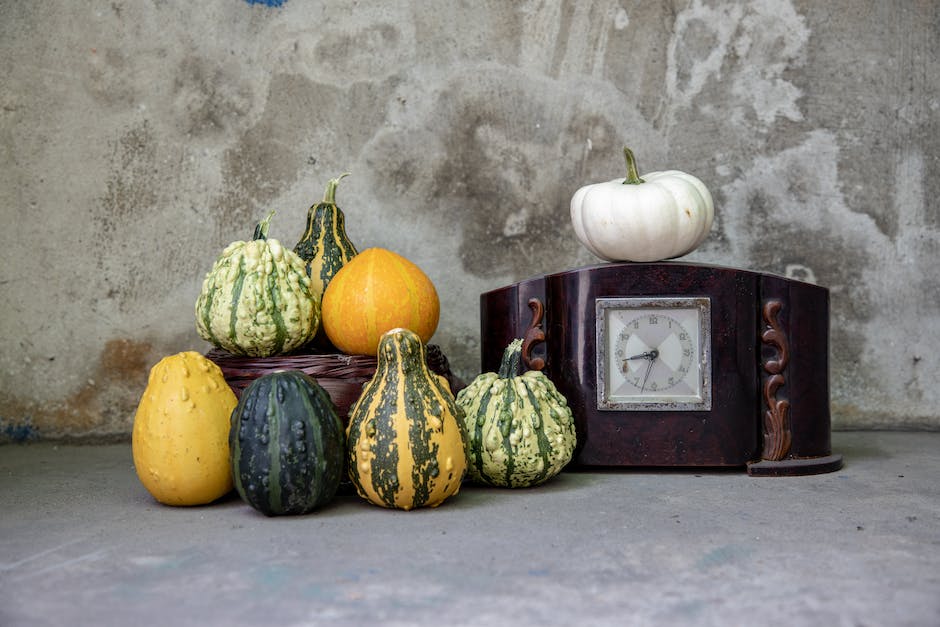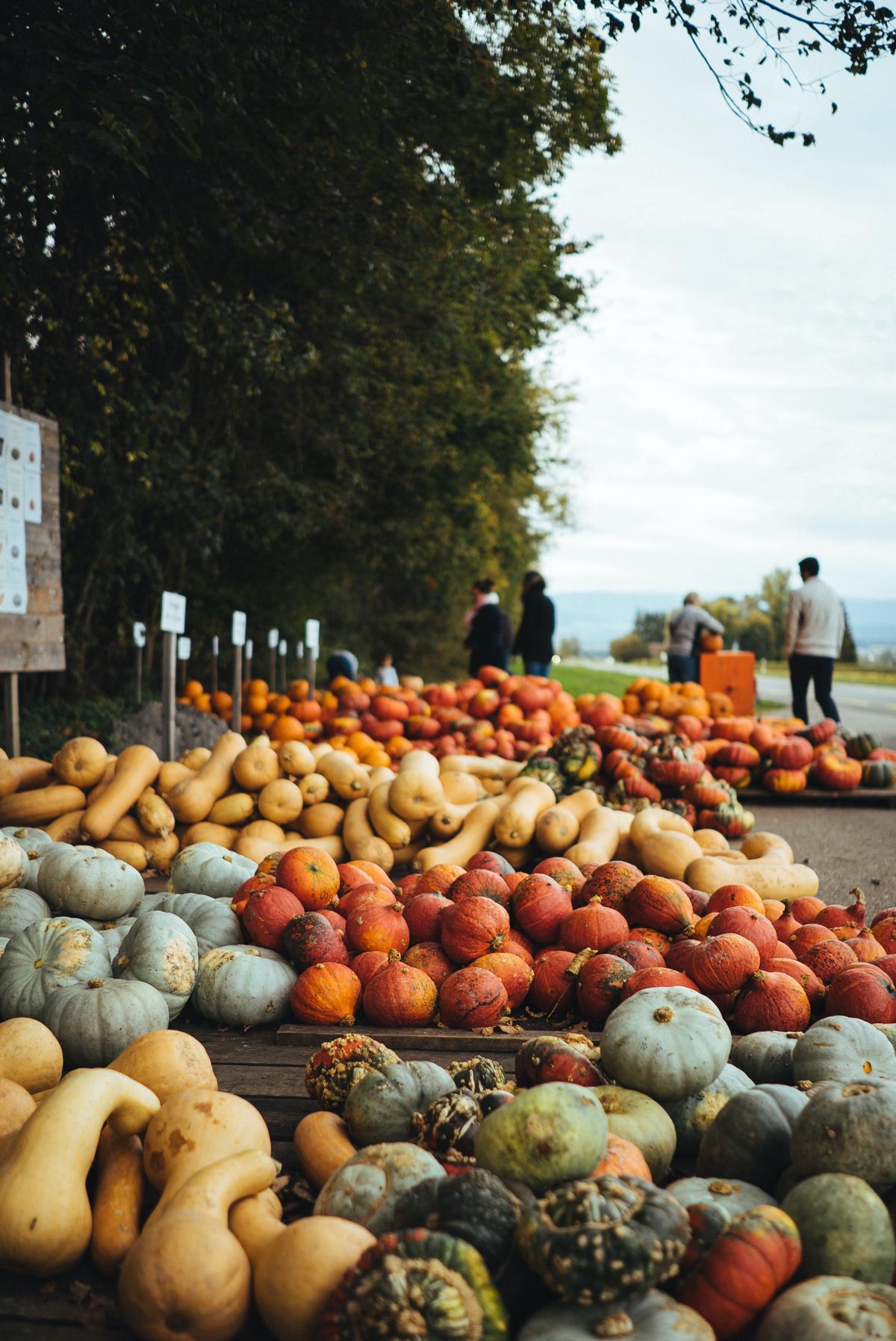Knowing When Your Spaghetti Squash is Ripe: A Guide

Spaghetti squash, a highly popular yet somewhat tricky vegetable to grow, offers a nutritious and tasty alternative to traditional pasta dishes. Knowing when this unique squash is ripe marks the key to unlock its culinary potentials. In this discourse, you will explore various aspects of spaghetti squash cultivation, starting from understanding how to gauge its maturity. The colour, texture, and firmness of the veggie holds vital clues to its ripeness. From there, we’ll delve into techniques for harvesting spaghetti squash at just the right time, ensuring that it’s at its peak of flavor and nutritional value when it reaches the table. Lastly, effective storage strategies and optimal usage times for your harvested squash will be covered, providing you with a comprehensive guide to make the most out of this versatile vegetable.
Understanding Squash Maturity
Identifying Mature Spaghetti Squash – A Gastronomic Tale
The world of gastronomy is rife with adventures and uncharted territories, but one does not always require an exotic centerpiece to create culinary magic. Even everyday items, like our trustworthy spaghetti squash, can bring about an unparalleled gastronomic euphoria when prepared and savored correctly. The first step, of course, is to find mature spaghetti squash – the ripe, golden treasure!
Unleashing the goodness of a spaghetti squash begins right from its selection at the local farmers market or grocery store; its maturity can significantly influence its taste and texture. So, let’s embark upon this flavorful journey to understand the signs of a mature spaghetti squash.
Color is the first, most apparent indicator. Mature spaghetti squash has a vibrant golden-yellow to dark-yellowish hue. An immature squash, on the other hand, tends to have more greenish peel. But, don’t be completely fooled by color alone. Sometimes, unripe squash might pretend to be ready by sporting a bright golden color. In such instances, trust the weight and feel of the squash as well.
You see, a mature spaghetti squash exhibits a significant density. There’s just something incredibly fulfilling about holding a squash that has a little heft for its size in your hands. Light and strange hollow feels are clear nonstarters! A well-developed, dense squash is what you’re aiming for.
Now, tap into your innate bond with food and indulge your sense of touch. The surface of a mature spaghetti squash is hard. You, the culinary explorer, should be unable to make a dent with your nail. If your nail digs in effortlessly, the spaghetti squash is under-ripe.
Finally, one must give precedence to the rind. A ripe spaghetti squash will have a dull rind. The shiny, glossy rind, though often dazzling, is an impostor! A matte finish, dear friends, is the real mark of spaghetti squash maturity!
Friends of the heart and of the kitchen, remember, much like wine, cheese, or even us food-loving souls, spaghetti squash too improves with age. The mature squash, teeming with delectable strands, can be transformed into a myriad of dishes. Fettuccine-esque, laden with marinara, tumbled with garlic and herbs, sauteed with mushrooms – oh, the culinary joy that awaits us!
So the next time you hit the local farmers’ market or grocery store, let this be your guide in the joyful pursuit of the perfectly mature spaghetti squash. After all, life is too short for under-ripe squash and lackluster meals. Clink those forks together, break out that apron, and let’s harness the power of a mature spaghetti squash to create memorable meals that feed not only our stomachs but also our souls.

Harvesting Techniques
Diving Deeper: Best Practices For Harvesting Spaghetti Squash
Experiencing the sensation of fresh, perfectly matured spaghetti squash delicately intertwined with sauces and spices is truly gratifying for every food enthusiast. Yet, achieving that restaurant-grade delicacy starts right in the garden, during the harvest. Having already absorbed some basics about selecting and using mature spaghetti squash, it’s high time to kindle the conversation about homegrown goodness. Here’s a step-by-step guide on the best practices in harvesting spaghetti squash.
First thing’s first: Timing. This notion cannot be stressed enough. With spaghetti squash, it’s crucial to strike that delicate balance of not too early, yet not too late. Typically, an estimated growth period of 80 to 100 days post-planting yields the best results. Promoting a watchful eye during this period becomes a golden rule and a trait of any perfectionist cook.
Second, understand the significance of the stem. One might overlook the modest stem, but here lies an often overlooked harvest indicator. When the vine connecting the squash begins to yellow and die back, you’re nearing the right time to harvest. The stem will go from green to brown and become tougher, certainly a sign that your spaghetti squash is packed with those flavorful strands we all appreciate.
Moving on to the sound test. Now, this is where the fun begins! Like a deliciously ripe watermelon, a mature spaghetti squash produces a hollow sound when knocked gently. This practically creates a beautiful symphony in the garden, a symphony of ripe squash. There is an undoubtedly unique satisfaction that comes from this utterly spot-on ripe-ringing sound.
Finally, it’s all about the smooth transition. Once you’ve determined your harvest is ready, approach with gentle hands and a sharp tool. Cut the squash off its vine using shearing scissors or a pruning tool, leaving around an inch of the stem still attached. This method prevents any unforeseen early rotting and encourages an extended shelf life.
Let’s not forget post-harvest care. Unlike its softer counterparts, spaghetti squash benefits significantly from a “curing” period. Essential for future storage. This involves exposing your freshly harvested squash to sunlight for about a week following the harvest. Consequently, the skin hardens off and becomes a protective barrier against detrimental fungi.
To wrap up, harvesting spaghetti squash at the optimal maturity will not only enhance your culinary experiences but also deepen your understanding of the fascinating subtleties of nature. Give yourself that uplifting feeling by hand-picking your own spaghetti squash. Remember, the enthusiasm and devotion you put into the harvest are the key ingredients in delivering a scrumptious, homecooked meal.

Storage and Usage
Now that you’re armed with the knowledge to select and harvest the perfect spaghetti squash, the gastronomic adventure continues with the essential steps for storing and using your prize. And remember – the beauty of food is not only the flavors, it’s also the journey, from the field to your plate. Let’s carry on our culinary saga with spaghetti squash, dear foodies.
Post-harvest, give your spaghetti squash the care it needs. Start by gently cleaning it with a soft cloth to flick off any dirt or debris. Never use water as it may speed up the decaying process. Once they’re clean, store your squash in a dry area with good ventilation, such as a basement or a pantry shelf. Maintain a temperature around 50-60°F, and relative humidity of around 60-75%. At these conditions, spaghetti squash is primed to stay fresh for up to two months. But patience, my dear friends, as the flavor actually intensifies as the squash rests post-harvest.
Spaghetti squash can be a great addition to your pantry’s reserves owing to its long shelf life. However, do remember to check on it! Rolled into a weekly routine, give your squash a friendly pat. Ensure it’s still hard, and there’s no mold or soft spots. This simple act ensures you catch any potential rot in time and avoid wasting your precious harvest!
Now, let’s move on to the gastronomical delight of having Spaghetti squash in your kitchen. More than just spaghetti, it’s truly a cornucopia of potential dishes to explore. From being a low carb alternative to actually playing the lead in your inventive dishes, it’s a delightful ingredient to work with!
Begin by slicing the squash widthwise into rings about 1-inch thick. This technique will give you longer strands that really mimic the look of spaghetti. First, scoop out the seeds and the stringy insides – but don’t discard them, roast the seeds or add them to your compost pile! Next, oil the rings lightly and lay them flat on a baking sheet and roast in the oven at 400°F until tender. After cooling for a few minutes, take a fork and rake the strands from the rind. Boom – homemade spaghetti!
Tossed with a bit of high-quality olive oil, sea salt, and fresh pepper, this spaghetti is already a treat. Dressed up with your favorite sauce, whether marinara or alfredo, you’ll wonder why you didn’t grow or cook spaghetti squash sooner. Ready for more? Imagine it roasted and stuffed with flavorful meats and vegetables, served with zesty dressings, or as a substitute in your favorite noodle dish. The possibilities with spaghetti squash are endless and absolutely exciting.
Here’s a final culinary secret: The subtle, sweet flavor of spaghetti squash pairs beautifully with both bold and delicate notes alike, making it a versatile gem in the kitchen. It complements the intensity of garlic, the sweetness of caramelized onions, the richness of a good cheese, and also the tang of fresh tomatoes. It’s truly the ingredient you didn’t know you needed!
Ultimately, your spaghetti squash journey isn’t just a farm-to-table tale, but a testament to the incredible variety nature delivers and the culinary joy of making the most of what you grow. Adventure, thy name is Spaghetti Squash!

Photo by quicksand on Unsplash
By understanding the signs of spaghetti squash maturity, mastering the harvesting techniques, and knowing how to store and utilize your harvest effectively, you’re ready to approach spaghetti squash cultivation with confidence and assurance. Looking color, feeling firmness and other physical attributes accompanied with the proper techniques of cutting them off their vine can lead to a harvest of healthy and flavorsome spaghetti squashes. And with the knowledge of ideal storage and usage, you can now extend the shelf life of your harvested squash, ensuring that you enjoy its rich, nutty flavor anytime you desire. So, embrace these precious tips and enjoy the rewarding experience of growing, harvesting, preserving and finally relishing your very own spaghetti squashes.



